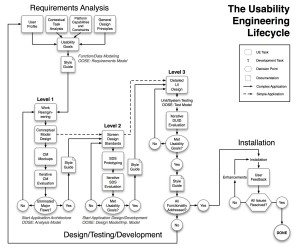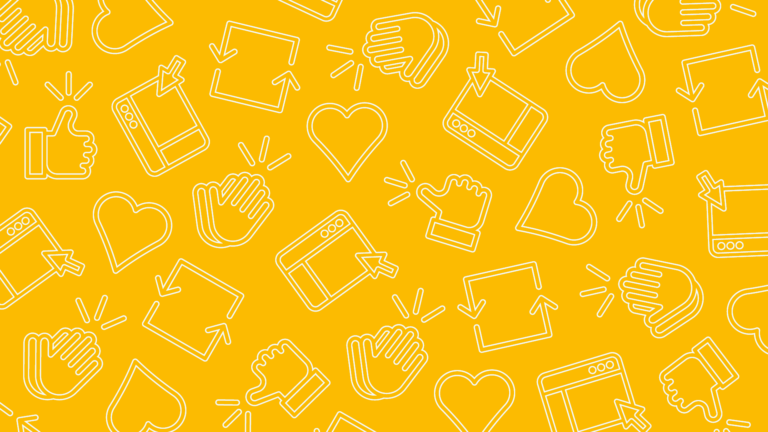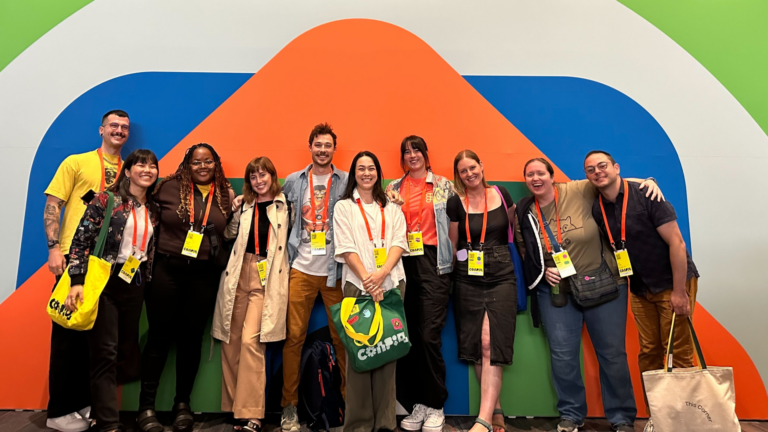Dancing Around Egocentric Design

Our roles as Experience Designers span the gamut of problem solving, design, and practically implementing theory – though at the forefront we’re always acting as user advocates. As such, we’ve all adopted some variant of a user-based requirements process incorporating user profiles and contextual task analysis. As shown below, Deborah Mayhew has attempted to illustrate through her “Usability Engineering Lifecycle” diagram how these user-derived requirements inform the iterative design process from start to finish.
But here’s the thing – if we’re all so intellectually aware of this user-centered process, and we’ve even got maps like this one to follow, why so often are design meetings cluttered with egocentric “I” statements around design justification? I’m not talking about expert opinion or careful stepping in the users’ shoes. I’m talking about personal perspective statements such as “Well, if I were looking for white Velcro hi-tops I would want to sort all shoes by lacing method.” It’s amazing how quickly a statement like that from the right stakeholder can derail a group’s user-centered approach and send everyone down the road toward over-engineered chaos (this topic comes up for us a LOT – remember Phil’s “There’s No “I” In Design“?).
Just to be clear, I’m not suggesting all “I” statements are without merit and unwelcomed in the design process. It’s only when they’re not supported by a verified user (or business) need attributed to the target audience. Professional experience, years of examining human behavior, expectations and interactions can certainly provide the fuel to make a sound observation on behalf of the user. In addition, designers often find themselves as part of the expressed target audience and constructively project their desires through shared personal drivers. These interjections can be extremely valuable to the design process. However, we should always be mindful to map all design elements to a user or business requirement.
Successful innovative design requires an intricate foxtrot of groundbreaking ideas coupled with user objectives and constant validation atop a dance floor built of sound principles. To that point, a well-rounded design team employs expertise in a variety of domains. Where the artist validates aesthetics on weight, balance and color theory, the cognitive scientist verifies based on the limits of human perception and attention, the ergonomist tackles physical components, and the sociologist examines the behavioral implications – all while leadership ensures the team is aligned to business objectives. A team of folks like that has an arsenal of resources at their disposal to evaluate the merit and potential influence of those pesky “I” statements in all of their various guises. Let the ideas fly, but always keep in mind who should be leading this dance – because if the end users don’t like your moves, they’re going to be eyeing-up other partners.



